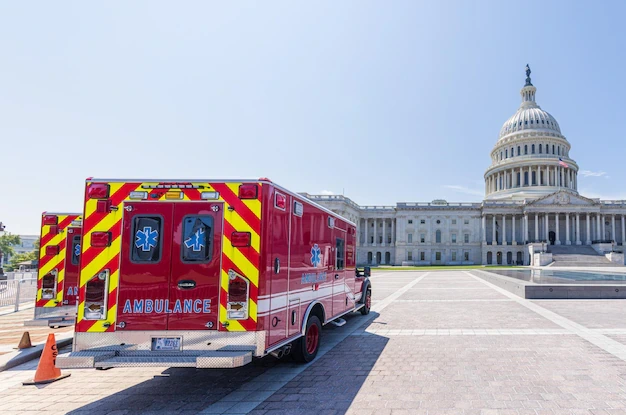On March 12, 2025, an unexpected explosion rocked the Texas Tech University campus in Lubbock, Texas. The blast, which originated underground, caused fires, power outages, and widespread concern among students, faculty, and local residents. While no injuries were reported, the incident raised important questions about infrastructure safety and emergency preparedness. In this article, we’ll explore the possible causes of the explosion, its impact on campus operations, and the safety measures being implemented to prevent future occurrences.

What Caused the Explosion?
Authorities are still investigating the exact cause of the explosion, but early reports suggest that it may have been linked to a gas leak or electrical fault. Some of the key possibilities include:
- Gas Leak: An underground gas leak could have led to the buildup of flammable gases, which ignited and caused the explosion.
- Electrical Malfunction: Faulty underground electrical wiring or an overloaded power grid may have triggered the blast.
- Sewer or Steam Line Issues: Some reports indicate that aging infrastructure beneath the campus may have played a role in the explosion.
Videos circulating on social media showed green flames erupting from manholes, a possible indication of burning copper or other chemical reactions. Investigators are analyzing the debris and conducting tests to determine the exact cause.

Consequences of the Explosion
The explosion had a significant impact on Texas Tech University, disrupting normal operations and causing concern within the community. Some of the major consequences include:
1. Power Outages and Building Closures
The explosion damaged underground electrical systems, leading to widespread power outages across campus. As a result, several buildings, including the Engineering Key area, were temporarily closed for safety inspections and repairs.
2. Class Cancellations and Remote Learning
In response to the disruption, Texas Tech University announced the cancellation of in-person classes for the remainder of the week. Faculty and staff were encouraged to work remotely, and students were advised to leave campus early for spring break.
3. Evacuations and Emergency Response
Campus security and emergency services quickly responded to the scene, evacuating affected buildings and ensuring student safety. Firefighters worked to control the flames, while utility crews assessed the extent of the damage.

Safety Concerns and Preventative Measures
This incident has highlighted several critical safety concerns regarding campus infrastructure and emergency preparedness. Moving forward, Texas Tech University and local authorities are likely to implement the following measures:
- Enhanced Infrastructure Inspections: Regular maintenance and inspection of underground gas, electrical, and sewer systems to detect potential hazards.
- Improved Emergency Response Plans: Strengthening campus-wide emergency procedures to ensure a faster and more coordinated response in the future.
- Increased Student Awareness: Educating students and staff on how to recognize and report potential safety risks, such as gas leaks or unusual electrical activity.
Table of Contents
Consumer Price Index News in the US: What the Latest Data Reveals – trendsfocus
No injuries reported in explosion on Texas Tech campus, Spring Break to begin immediately (kcbd.com)